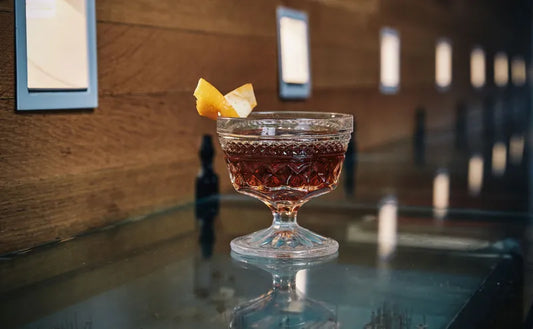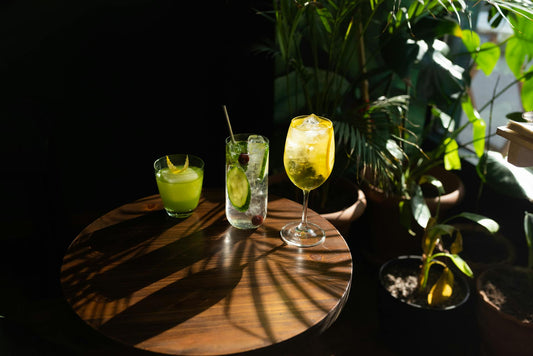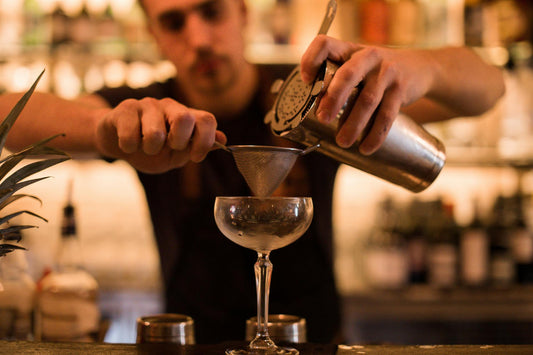Amaro Mojito: A Refreshing Non-Alcoholic Cocktail Recipe
SWEET to SOUR
(1-10)
STRENGTH
(1-10)
CALORIES
STANDARD
DRINKS
Note: these values are approximate and may vary dependent on the ingredients and brands you use.
More information...
The Amaro Mojito is a refreshing twist on the classic mojito, incorporating the herbal complexity of amaro into a drink that is both invigorating and sophisticated. This cocktail is perfect for those who appreciate the balance of sweetness and bitterness, making it an excellent choice for warm weather gatherings or a relaxing evening at home.
At the heart of the Amaro Mojito is Lucano Amaro Zero°, a non-alcoholic amaro that brings a unique flavor profile to the drink. This ingredient is key, as it allows the cocktail to maintain a rich, herbal taste without the alcohol content, making it suitable for a wider audience, including those who prefer to avoid alcohol altogether. The use of fresh mint leaves adds a vibrant, aromatic quality that is essential to any mojito, and in this case, it complements the amaro beautifully.
The preparation of the Amaro Mojito is straightforward yet requires attention to detail to ensure the flavors meld perfectly. The first step involves selecting a Collins glass and pre-chilling it, which is crucial for serving a refreshing drink. The mint leaves are then added along with the amaro, freshly squeezed lemon juice, and rich sugar syrup. The rich sugar syrup, made with a 2:1 ratio of sugar to water, provides a luscious sweetness that balances the tartness of the lemon juice and the bitterness of the amaro.
Once the ingredients are combined, the glass is filled two-thirds with crushed ice, and the mixture is churned with a bar spoon. This technique not only mixes the ingredients but also helps to release the essential oils from the mint, enhancing the drink's aroma. After filling the glass with more crushed ice, the drink is topped with Thomas Henry Pink Grapefruit soda, which adds a delightful fizz and a hint of grapefruit flavor that brightens the overall profile of the cocktail. A brief stir ensures that the soda integrates well without losing its effervescence.
The final touch is a garnish of mint sprigs, which not only adds visual appeal but also intensifies the minty aroma as you sip. The Amaro Mojito is served with a straw, allowing for easy sipping and enjoyment of the layered flavors.
In terms of taste, the Amaro Mojito strikes a balance between sweet and sour, rated at a 7 out of 10 on the scale. This makes it a versatile drink that can appeal to those who enjoy a sweeter cocktail as well as those who appreciate a more complex flavor profile. With only 150 calories and 0% alcohol by volume, it is a guilt-free indulgence that can be enjoyed at any time of day.
The Amaro Mojito is not just a drink; it’s an experience that invites you to savor the moment. Whether you’re lounging by the pool, hosting a summer barbecue, or simply unwinding after a long day, this cocktail offers a refreshing escape. Its unique combination of flavors and the absence of alcohol make it a standout choice for anyone looking to enjoy a sophisticated beverage without the buzz. So, gather your ingredients, embrace the art of cocktail making, and treat yourself to the delightful Amaro Mojito.



